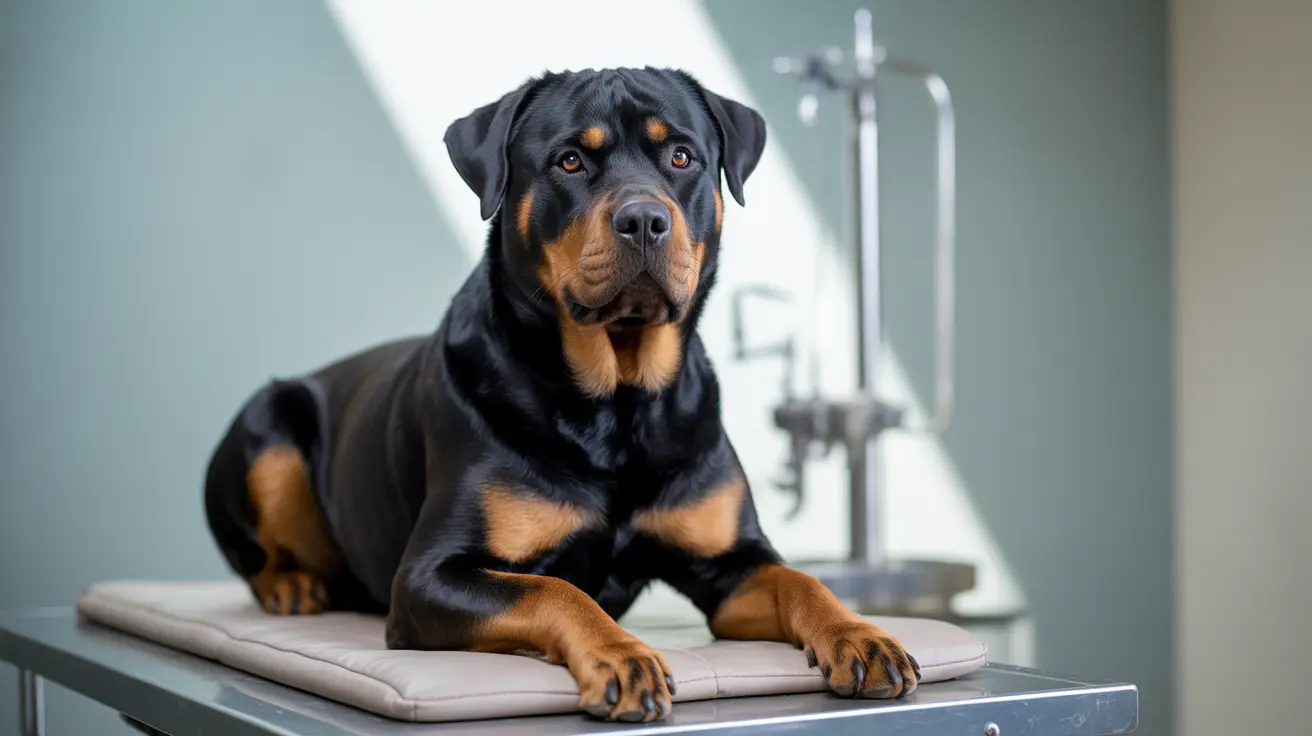Understanding the 7 Second Rule for Dogs After Surgery
The '7 second rule' is a widely recognized method used to determine if a surface is safe for your dog's paws—especially important during a post-surgical recovery period. This informal guideline involves placing the back of your hand on the pavement or surface for 7 seconds. If it's too hot for your skin, it's too hot for your dog's sensitive paws.
Why Does the 7 Second Rule Matter After Surgery?
After undergoing surgery, your dog is more vulnerable to complications. One important aspect of surgical aftercare is protecting your dog from external elements that could cause harm or slow down healing. The sensitivity of their paw pads makes hot surfaces a particular concern.
- Protects surgical incisions: Avoids unnecessary strain or irritation to healing sites.
- Reduces risk of burns: Prevents soft tissue damage from overheated pavements or surfaces.
- Encourages limited activity: Aligns with post-operation recommendations to restrict movement.
General Post-Surgical Care Guidelines
Caring for your dog after surgery involves several important steps that enhance healing and prevent complications.
- Restrict activity: Limit jumping, running, and other strenuous activities for 7–14 days.
- Prevent licking or scratching: Use Elizabethan collars or recovery garments to protect incision sites.
- Monitor the wound: Check for signs of redness, swelling, or discharge at least twice daily.
- Keep the incision dry: Avoid bathing or allowing your dog to swim during recovery.
- Follow medication protocols: Administer antibiotics or pain relief as prescribed.
Situations Where the 7 Second Rule is Crucial
This rule becomes especially important when taking your recovering dog outside, particularly during warm months or in sunny climates. Post-surgical dogs are often weaker and more susceptible to injury.
- Hot sidewalks and driveways
- Metal ramps or car interiors
- Patio or deck surfaces exposed to direct sunlight
Applying the 7 second rule can help you avoid causing your dog additional pain or risk to the incision site while ensuring comfort and safety.
Additional Tips for Safe Outdoor Time Post-Surgery
- Offer shaded walks: Take your dog for walks early in the morning or late in the evening when surfaces are cooler.
- Use dog boots or socks: Provide a protective barrier from hot surfaces.
- Stick to grass: Natural surfaces are typically cooler and gentler on healing dogs.
Recognizing Complications Related to Heat Exposure
Hot surfaces not only risk paw burns but can also elevate your dog’s body temperature. Symptoms to monitor include:
- Excessive panting
- Red or blistered paw pads
- Lethargy after outdoor walks
- Resistance to walking or limping
If any of these signs appear, contact your veterinarian immediately to avoid complications such as infection or heat stroke, which can be especially dangerous during the recovery period.
Combine the Rule with Comprehensive Aftercare
The '7 second rule' is just one tool in a robust post-operative care plan. Make sure to adhere to all veterinary instructions including:
- Proper wound inspection and cleaning
- Timely medication administration
- Avoiding physical stress and trauma to the surgical site
- Scheduled follow-up visits to monitor healing
Conclusion
Incorporating the 7 second rule into your dog’s recovery routine enhances not just surgical wound protection but overall safety and comfort. It's a simple yet effective way to ensure the environment supports healing. Stay observant, follow your veterinarian’s guidance, and use this rule as one of many ways to provide attentive care.





